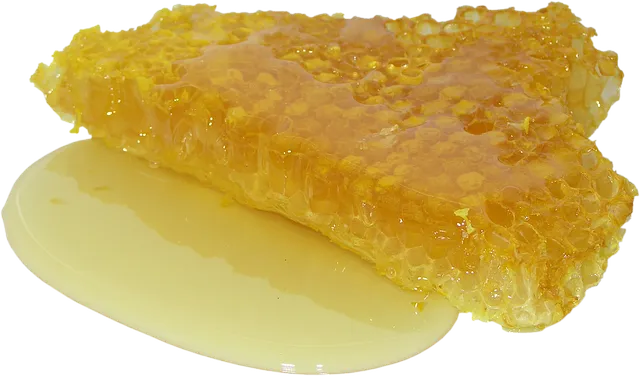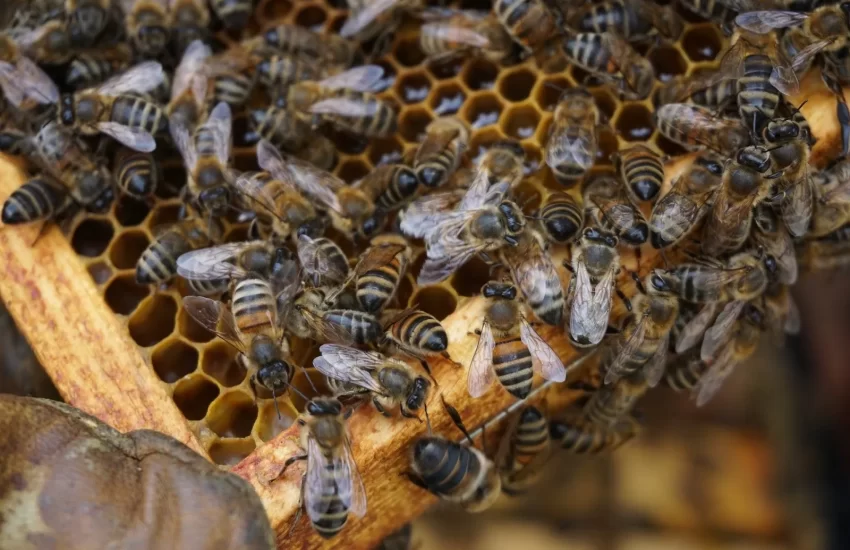Can I take honey from a first-year hive?
One of the questions that most novice beekeepers is, “how much honey will l get?” It seems that honey is one of the driving forces of beekeeping and a milestone every beekeeper is elated to reach. Honey yields from a colony depend entirely on the bee’s health, forage availability, weather, and location.
While aiming for high production, a beekeeper should always prioritize the health of the honey bees. A colony that is overwhelmed by diseases and pests will not have the potential to produce surplus honey for the beekeeper.
Similar Articles you may like to read –
How much honey does 1 hive produce per year?
What is the best time of day to harvest honey from a beehive?
Does harvesting honey hurt bees?
Can you eat honey straight from the hive?
Can I take honey from a first-year hive?
The answer is a little disappointing because you should not plan to harvest honey from your first-year hive. It is as tender as a newborn and requires nurturing. A newly installed package starts with some empty frames. If lucky, the bees are provided with a manufactured foundation. They have to produce wax and draw out comb, which takes a lot of their time and energy. The comb is necessary for the queen to lay eggs and for workers to store honey and pollen. The faster they get established, the faster they produce honey.
A nun contains a few frames of brood and food stores but will also require to build the colony’s population. For an established colony, you can get anywhere from 25 -100 pounds of honey in a successful year. While there may be some honey to pull out from the new hive within 4 to 6 months after installation, it is not for you to harvest. A new colony takes time to establish and build a population.
How can l help a new colony to thrive?
Feed the Colony
You will require to feed your newly installed hive until they can take care of its colony. Usually, the bees are weak and exhausted after shipping. You should feed the colony until they construct two full boxes of drawn comb.
Place a Hive in a Good Location
An ideal location ensures they get enough sunlight or shade. Protection from predators, close proximity to blooming plants, and a water source nearby ensure the bees are happy.
Learn About the Art of Beekeeping:
While it is common for novice beekeepers to make mistakes, you should arm yourself with information. Good beekeeping books come in handy when you want clarification on many practices. You should also seek to connect with other beekeepers in your region.
Protection from Threats:
Ensure to check brood diseases, monitor mites and other parasites, robbing honey bees, and protect the colony from severe weather.
Conduct Routine Inspections:
Check the well-being of the hive and take timely action.
More articles you may like to read –
Should I filter my honey?
Can you harvest honey from brood box?
Can you harvest honey that is not capped?
What is the best time of day to harvest honey from a beehive?
When is the best time to harvest honey in an established colony?
To optimize production, beekeepers harvest honey at the end of a significant honey flow and when the hive is full of capped honey (about 80% ). The harvesting window depends on your locality. At the end of a honey flow, the bees have collected all the nectar they can to make honey. If you stay too long before harvesting honey, the bees may start eating the honey as the winter looms. The weather also may turn cold for you to harvest honey. In cold weather, honey granulates or thickens, making it hard to extract from the comb.




